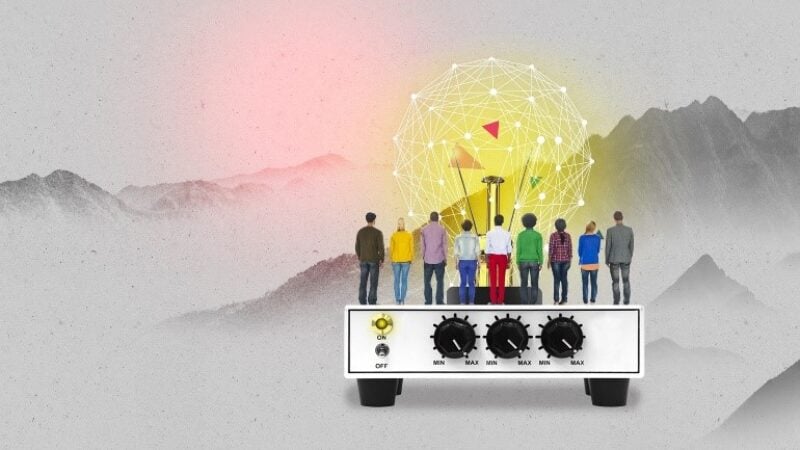Brand lessons from the UBA Trends Day
What is trending in advertisement, retail, technology, media and sports and what can brands learn from this? This question gathered more than 1,300 brand managers, communication specialists and marketing professionals at the UBA Trends Day, a yearly event with speakers from all over the world talking about the next big thing. This year, the pink carpet (yes, pink is apparently trending) was rolled out on Thursday March 15. Here are our key take-aways of last week’s event.
Time to face our disorder
According to Carla Johnson from Type A Communications, we all suffer from a business illness called brand detachment disorder, i.e. our tendency to dismiss great ideas as not being relevant or applicable because what we do is different or unique. This even in branding, where, when seeing a nice idea or campaign, we tend to sum up numerous excuses on why that would most definitely not work for our brand, product or business. But according to Johnson, there is a simple cure for that, namely a brand transplant. This involves the process of observing success outside your company walls, understanding the essence, distilling it and transplanting it into your own brand, while making sure it matches your values. And these distilled ideas can come from beyond the spheres of your industry.
If you can’t beat them, join them
This closely links to what Joseph Jaffe, CEO & co-founder of Evol8tion, suggested when referring to the fact that companies today can no longer afford a wait & see mentality. If you consider the Fortune 500, installed in 1955, listing the 500 largest United States corporations by total revenue, less than 12% of the original companies still appear in that list today. New entrants are disrupting and changing the rules of the game in any business. Yet rather than watching from the sideline (and having an opinion), the way to go according to Jaffe is to join forces. “If you can’t beat them, join them”. This pairing of established businesses with start-ups creates a win-win, where as a business you give the start-up a (financial) platform to grow, while you can leverage from their fail-forward mentality and ideas. So, it’s about taking a seat on the front row rather than watching the road ahead. Same goes for the adoption of new technologies; if you wish to understand a new technology, you should use it – reading about it will not do the trick.
Humanization of technology
When it comes to technology, voice will be the big disruptor, not only on a functional level, where voice-enabled technology will ease the growing quest for convenience, providing a natural and seamless experience. Voice will also drive adoption, adding a human layer to things. The relationship with technology is shifting, with voice allowing us to connect naturally with technology. The relationship with machines is thus becoming more than transactional, as there is a growing trend towards virtual companionship with the rise of apps like Replica… It does not feel like you are dealing with AI, it is more human. A nice campaign that clearly taps into the growing attachment of people to their voice assistance is the recent GE ad with Alexa.
Purpose and glass brands
Yet regardless of whether it is launching a new voice-operated technology or a new campaign or product, in a consumer reality where choices are boundless and people have everything, purpose is more important than ever. Daniel Levine, Global Trends Expert at Avant Guide Institute, refers to the transformation economy, namely the fact that people are actively seeking to become happier, heathier individuals and that we all are in some way on a journey to optimization. And key here is for brands to play a role in this, to add up to this transformation or at least assist people throughout their journey.
And this links closely to the growing trend of awokening as defined by David Mattin from TrendWatching, who says that in this day and age of high levels of distrust, brands need to wake up to the power of having a voice and ethics. Today, the walls around companies are transparent, with everything being visible from the outside, even the company culture, which has become a brand on its own. The purpose is not only more important than ever, brands need to live up to it and embrace it in their company culture to stand out. An example is Juno, the Uber competitor who highlights their social responsibility, where the belief is if they treat drivers better their customers will get a better ride.




